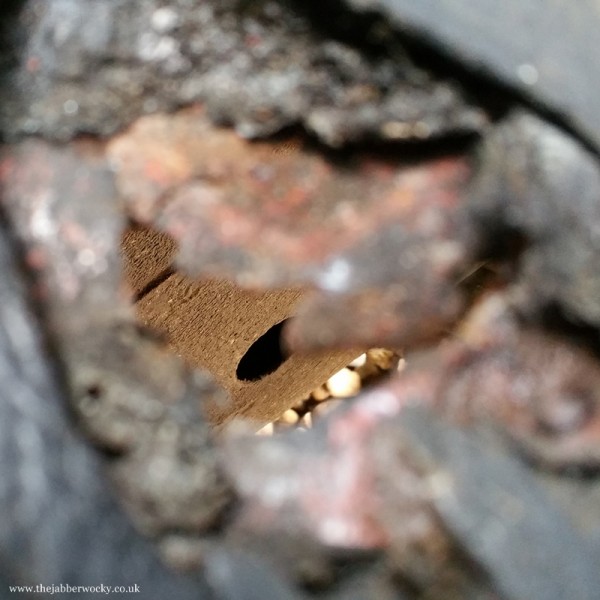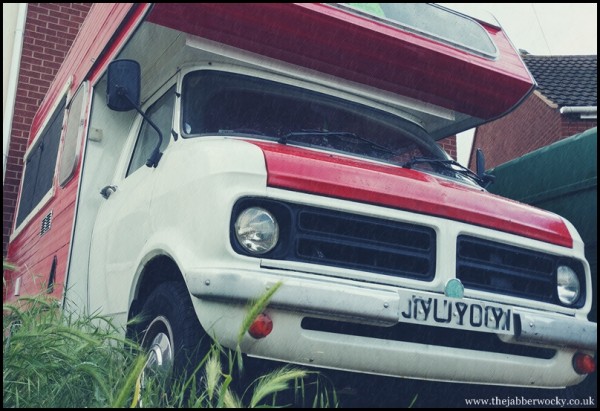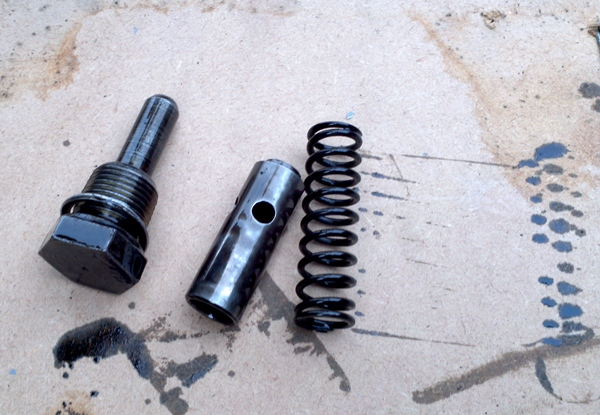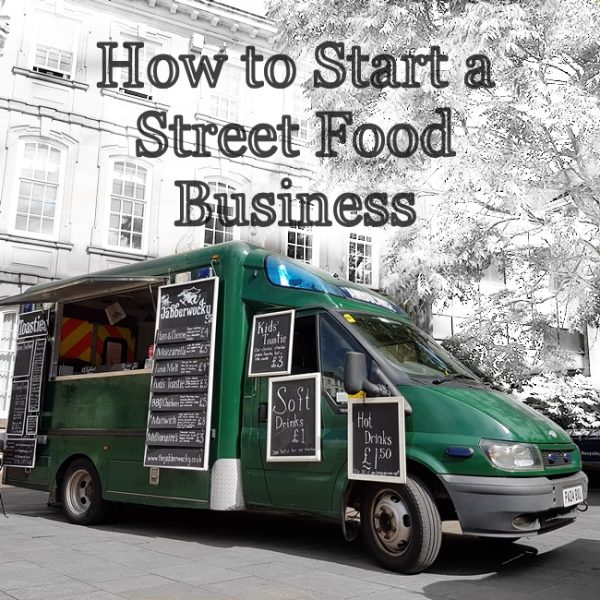As a new street food trader, this is the biggest purchase you make. Some opt for a gazebo, some for a trailer, but if you are considering buying a street food van, chances are you’re looking at a second hand vehicle, even if the kitchen will be new. So here we cover the basic options, and the things you need to look out for when getting yourself a catering truck.
There seems to be a trend towards calling tow-able white, boxy trailers “catering vans”. Those are trailers. I don’t care how much you would like to have the joy of breaking down on every major artery road in a 50 mile radius, it is and remains a trailer. For the purposes of this article, and for future reference, a truck or van is something that can move under its own steam. You took the engine out of your H-Van? That’s just a trailer now buddy. Ok. Rant over.
Food Van Options
Second Hand Street Food Van
A ready-converted, previously driven and used food van. As a beginner, chances are you have our eye on one of these. Lots of character from the 1960-1980s body, converted and ready to trade. Comes with all the equipment you need and has passed a food hygiene inspection. First thing to remember is that is these things will break down. That is literally the nature of the Beast. If you want something reliable, you need to buy a brand new vehicle, and not worry about character.
Still keen? Excellent. You need to check:
- The number plate on the DVLA website. Look at the MOT history. If that vehicle has advisories and previous failures coming out of its wheel arches it’s going to be a big project. You can also see the mileage there. You are looking for anything that suggests this vehicle doesn’t have much time left.

If you can see the floor from the cab, it’s what we’d call “characterful”.
- What exactly you are buying. Sometimes you get the business, some times you get the pitch, sometimes all you get is the vehicle. A business with a full summer of events and a profitable product is worth a lot more than a dodgy white box with some pretty stickers on the outside. But if you already have your grand idea then there is no point spending money on someone else’s well-established dream.
- How much MOT you are getting. This applies more to the characterful trucks of yesteryear than the new transit-thingies. Getting an old van through an MOT will be your single biggest motoring expense of the year (you hope) so a long MOT is most of what you are paying for. Don’t expect these things to be reliable, do get good breakdown coverage.
- What equipment is included. Custom-fitted, stainless steel work surfaces are, for example, worth a lot more than a cheap griddle. Properly inspected, gas safe certified equipment is worth a lot more than “it’s got a tea urn, but we’ve not had it connected. Should be easy to do though.”
- Look at the documentation. If the seller is claiming any kind of food hygiene rating, you should be able to look up the company here. This does not mean you are guaranteed to pass with that vehicle. The rating is based on what the Environmental Health Officer thinks of you, your proposed business and your vehicle. They are not transferable between companies.
- The type of vehicle you’re getting. There are these dinky little French vans that make just darling street food wagons. But finding parts for them is almost impossible. The same applies to any vehicle that isn’t still in production. I’m not saying you shouldn’t buy them – that would be magnificently hypocritical of me as I own two, but you need to know what you are letting yourself in for.
- How long it is. A standard street food pitch is 3m long. A normal van will take up two of those pitches. If your van is longer than 6 meters then a.) you may be too big for markets and street food gigs and b.) you may have to pay extra for a plus-size pitch at a festival.
Custom Food Van Conversion
If you plan on doing this yourself then please check out our on-going conversion project. For the purposes of this article I will assume you are buying a second hand vehicle and having it professionally converted. This is the option for people with big budgets. You are looking at £15,000 upwards for anything worth having.

This is our food van conversion. Now resplendent in red.
- All the same rules about second hand vehicles mentioned above still apply, but with the added warning that unless you are paying for the engine and running gear to be replaced or rebuilt, the conversion company will only deal with the back of your van. If the motor drops out as you pull away with your shiny new conversion, that’s on you.
- You need to know exactly what you are going to sell. I would suggest having a gazebo setup first, learning the work flow and what equipment you need, and only then committing to a custom-built vehicle. If you go for pancakes, spend £30,000 on your van and then realise pancakes are just stupid, flat, and unnecessarily round then you will have a hard time changing to anything else.
- Consider your product carefully. You need a good return on such a serious investment so your food should probably be one of the common big-hitters: pizza, burgers, pancakes or pulled meats. Going for an interesting food you are passionate about is a risky strategy (although if you are in London normal rules do not apply, a different food may be the best way to make it work).
- Hatch size. For the love of cheese get the biggest hatch you can fit in. You need to make money out of this van, and only being able to serve one customer at a time is not the way to do it.
- Make sure it will be up to scratch. Assuming you don’t know anything about commercial kitchens, you need to look at it with an eye for how easy it will be to clean. Check for joins between materials (walls and floor, surfaces and walls, surfaces with each other), what the walls are made of (something wipe clean), gaps underneath equipment and anywhere else that dirt can build up.
- Your conversion needs a gas safe certificate, a PAT certificate and a certificate of electrical safety (this covers the internal wiring and fuse box). Only the gas safe is a legal requirement, but if you’re spending that much on a conversion you really should get these as proof that the company knows what it’s doing.

A van is not necessarily the best option for people who are right at the beginning of their street food journey. We would recommend working out the kinks with a gazebo setup and then progressing to a van once you know what you need, but don’t let that put you off the van – ask any gazebo-based street food trader.
May your engines be sound and may the prop shaft not randomly snap on the A38. Good luck!




Leave a Reply
[…] any further information I would strongly recommend starting a street food business initially and buying a second hand street food van directly […]